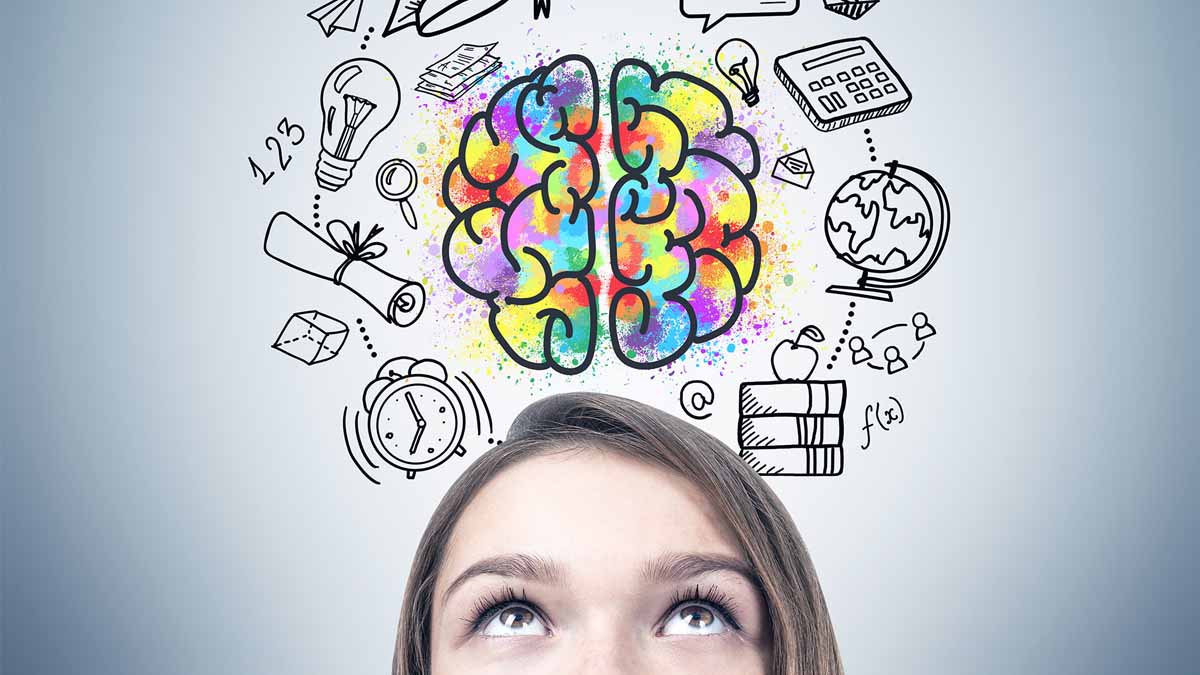
Have you ever wondered as to why and how our brains tend to remember remembers the things that we learn and then not learn it anew?
Our brains are often compared with computers, with learned skills and memories stored in the activity patterns of billions of nerve cells.
New research, however, shows that memories of specific events and experiences may never settle down.
"Instead, the activity patterns that store information can continually change, even when we are not learning anything new," writes the University of Cambridge in a new research paper.
The study, from the University of Cambridge, Harvard Medical School and Stanford University, reveals how the brain can reliably access stored information despite drastic changes in the brain signals that represent it.
"Different parts of our brain may need to relearn and keep track of information in other parts of the brain as it moves around," reveals the research led by Dr Timothy O’Leary from Cambridge’s Department of Engineering.
The study, published in the open-access journal eLife, provides some of the first evidence that constant changes in neural activity are compatible with long term memories of learned skills.
The researchers came to this conclusion through modelling and analysis of data taken from an experiment in which mice were trained to associate a visual cue at the start of a 4.5-metre-long virtual reality maze with turning left or right at a T-junction, before navigating to a reward.
The results of the 2017 study showed that single nerve cells in the brain continually changed the information they encoded about this learned task, even though the behaviour of the mice remained stable over time.
The experimental data consisted of activity patterns from hundreds of nerve cells recorded simultaneously in a part of the brain that controls and plans movement, recorded at a resolution that is not yet possible in humans.
Nerve cells connect to hundreds or even thousands of their neighbours and extract information by weighting and pooling it.
This has a direct analogy with the methods used by pollsters in the run-up to an election: survey results from multiple sources are collected and ‘weighted’ according to their consistency.
In this way, a steady pattern can emerge even when individual measurements vary wildly.
The Cambridge group used this principle to construct a decoding algorithm that extracted consistently, hidden patterns within the complex activity of hundreds of cells.
They found two things- first, that there was indeed a consistent hidden pattern that could accurately predict the animal’s behaviour.
Second, this consistent pattern itself gradually changes over time, but not so drastically that the decoding algorithm couldn’t keep up.
This suggests that the brain continually modifies the internal code that relays information between different internal circuits.
The work suggests that our brains are never at rest, even when we are not learning anything about the external world.
This has major implications for our understanding of the brain and for brain-machine interfaces and neural prosthetics.
The Story Mug, a Guwahati-based blogzine, believes in telling stories that matter.